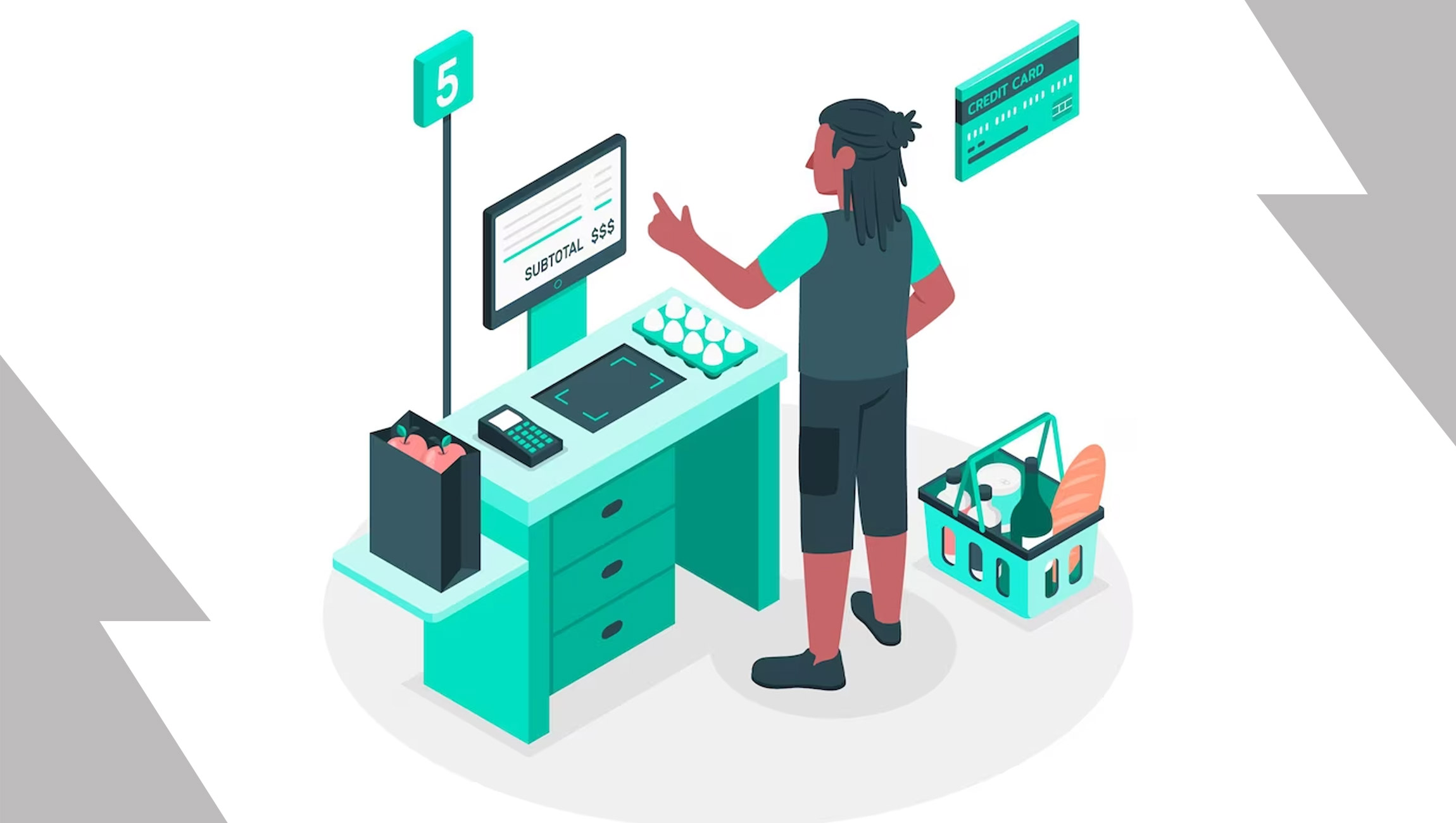The global pandemic helped us evolve a lot. It accelerated digitization that invited smart automation in homes and businesses alike. Gradually, everyone became used to emerging technologies such as AI, IoT, autonomous technologies, computer vision technologies, and more.
More so, in a consumer-centric industry like retail, autonomous technologies are a game-changer. The operations of retail stores are going autonomous, which enhances the customer experience and offers convenience by eliminating the need to wait in long queues at the checkout.
So, what are these autonomous retail stores?
These stores are brick-and-mortar stores that have integrated various advanced technologies, such as IoT, computer vision, AI, deep learning, and so on, allowing customers to walk in, place their orders by themselves, and checkout with bare minimum or zero interaction with the store staff.
One such brand to recently adopt the retail automation trend is McDonald’s.
The news reads, “McDonald’s launched its first automated restaurant in Texas USA where no customer faces any employees. The restaurant is controlled by robots and automation. The move is considered to be the future of the restaurant business”.
Well, B2C brands like McDonald’s are adapting to cutting-edge technologies that allow guests and customers to get their meals ready without really speaking to any. At this store of McDonald’s located just outside Fort Worth, the order is either delivered by robots or through a conveyor belt.
While some customers are finding it weird, others are enjoying it as they get food on demand without talking to anyone. However, experts have affirmed that autonomous retail stores are the future of this industry. Let us dig in more about it here.
Why these autonomous retail stores are the talk of the town?
Lately, autonomous retail stores have become quite sought-after because they engage consumers and benefit retailers alike. Many leading retail stores are already experimenting with this format. We already talked about McDonald’s. Nike’s Speed Shop, a customization studio, also allows its customers to book shoe trials online, and once they confirm the purchase, the same pair of shoes are kept aside in a dedicated locker for the users to pick up. The lockers can be unlocked using the smartphones through mobile checkouts.
Another example is Kroger’s digital price tags displaying nutritional information, video ads, and pricing. Running on renewable energy, it adds an item by scanning through a mobile phone. Due to this technological adoption, Kroger could cut down its energy bills.
Modern customers prefer autonomous retail stores over traditional ones because the former offers them a seamless store experience. Where a traditional retail store takes 3-8 minutes for a checkout, an automated self-service checkout takes about 90 seconds. So, we save a lot of time here.
Read More: SalesTechStar Interview with Brian Stimpfl, CEO at S-Docs
Benefits of Autonomous retail stores
- These days customers have become extremely cautious of safety and hygiene. Due to this such stores are seeing an accelerated adoption rate as consumers feel safe. Most of them are loving the option of contactless shopping.
- For retailers and store managers, automated retail stores offer valuable real-time insights into consumer preferences. There is simply no need to ask them anything or intervene in their purchase journey. Their natural preferences give them all the data in real time.
- Retailers can offer them personalized shopping experiences based on the data received.
- Store managers can keep real-time stock using the latest technology, and thus, inventory management becomes a piece of cake.
- Such autonomous retail stores improve the overall efficiency of the business.
Some Technological Trends in Autonomous Retail
Step out without check out – We must anticipate a future where technologies will let consumers step out without any need for checkout. While some major retailers have already implemented this, it is still time to bring it to normalcy.
Amazon Just Walk Out has adopted this technology. Consumers can enter the store, shop around, and leave without any need to stand in checkout queues. The consumers are eventually charged through their cards and they receive the receipt later.
Autonomous Delivery – Autonomous robots are wheeled vehicles using GPS navigation, sensors, and other technologies to make an on-time delivery to the customer. Once the order is placed, the consumer can track the location of the robot and know the right time of delivery.
Wrapping Up
AI, ML, computer vision, IoT, and other advanced technologies make it possible for modern retailers to automate their stores hassle-free. The future has many things in store and retailers must tighten their belts to gather all important insights to understand customer behavior and the kind of technologies they should use to appeal to more customers.
Autonomous retail helps to achieve a seamless experience, eventually building brand loyalty and creating customer mindshare.
Read More: How AI is Transforming Document Processing






















